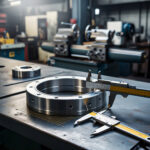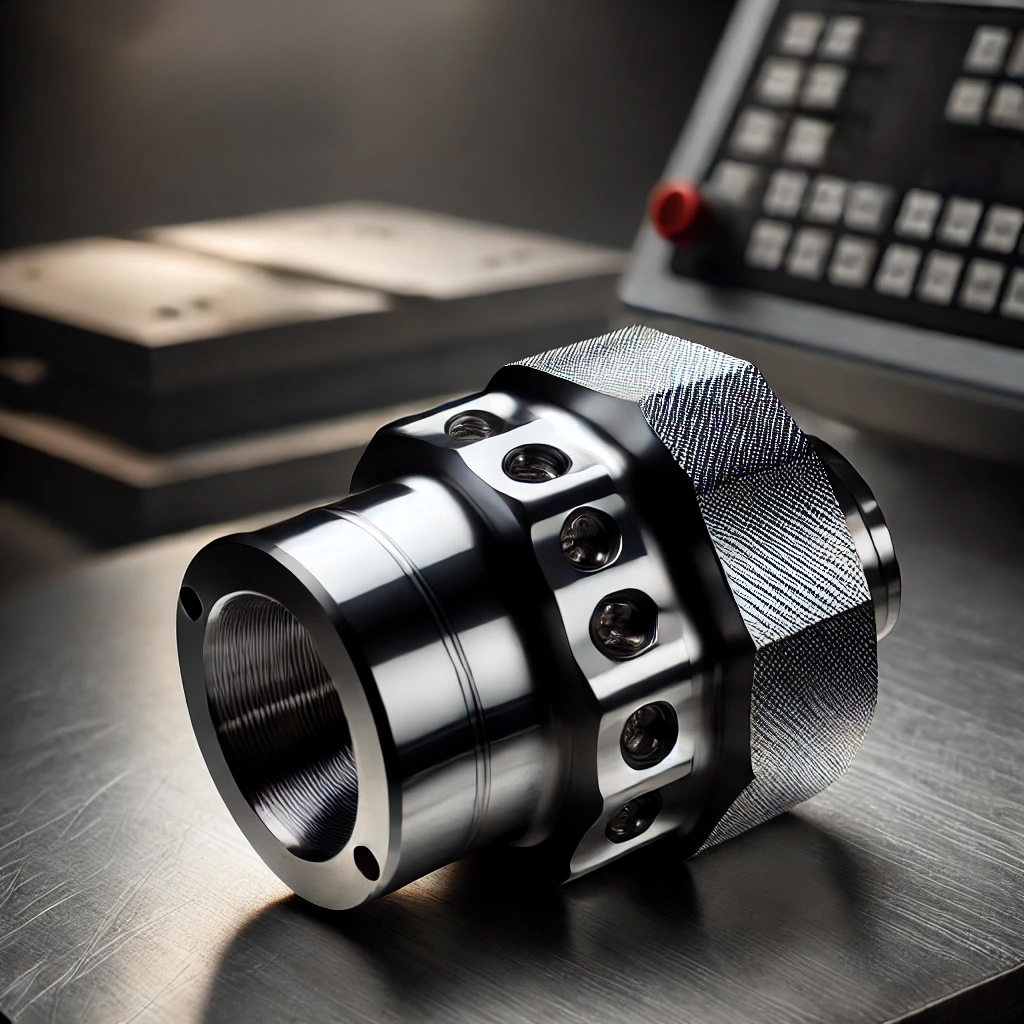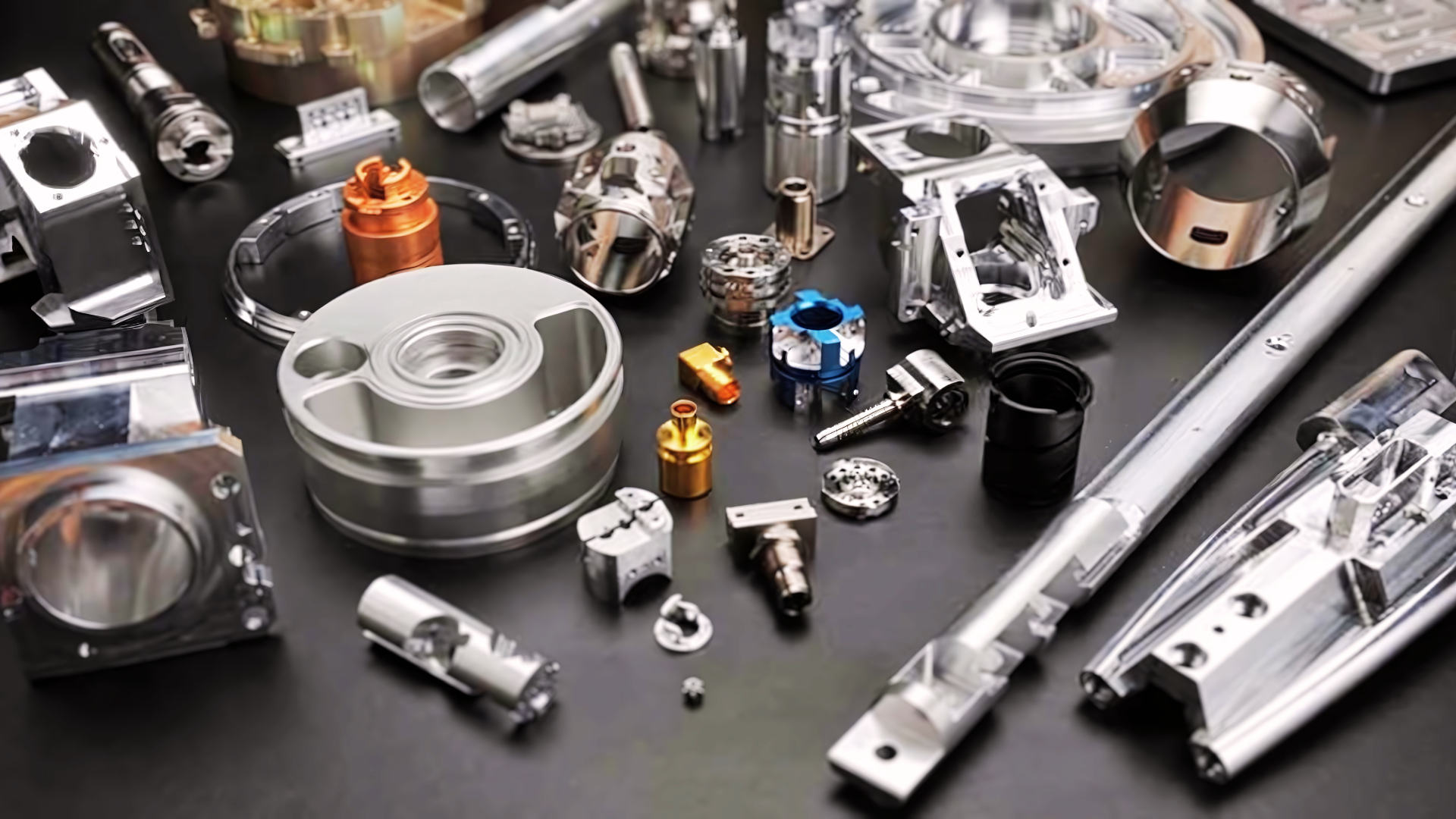The Advantages of CNC Machining over Conventional Machining
CNC machining has taken the manufacturing industry by storm. Its ability to automate tasks that require multiple cuts has saved manufacturers time and money, making it an attractive option for high-volume production. But what sets CNC machining apart from conventional machining? In this blog, we will explore the top advantages of CNC machining and compare it with conventional machining.

Definition of CNC Machining
CNC machining is a process that involves the use of computer numeric control via automated machinery to manipulate raw materials into a final product. The process involves data input through G-code or CAM software, which auto-generates the program for smooth, precise cuts. This allows for the efficient and accurate production of highly complex shapes with ease.
The technology provides manufacturers with a greater level of control over the machining process as they can make instructions with greater precision than traditional machining. CNC machining offers an unparalleled level of accuracy and control over the manufacturing process, allowing for highly bespoke manufacturing solutions to be delivered.
Automated machinery for manipulation of raw materials:
Data input through G-code or CAM software:
G-code and CAM software allows manufacturers to achieve an unparalleled level of precision in manufacturing. The software allows manufacturers to optimize the CNC machine’s operation and create complex geometries without the need for expert-level skills.
CNC machining is quickly becoming the preferred method for precise and efficient production. With greater accuracy, improved efficiency, and advanced capabilities, manufacturers can experience a range of benefits that are not possible with conventional machining methods. From complex designs to lightweight and strong parts, the advantages of CNC machining make it the go-to choice for modern manufacturers.
Definition of Conventional Machining
While CNC machining uses computerized machinery to manufacture parts, conventional machining does not rely on computer assistance for guiding or monitoring the machines. Instead, an operator marks the workpiece with pencil lines, which serve as reference points to guide the cutting tool through precise movements manually. This process requires a high level of expertise and effort from the operator to achieve accurate results, making it time-consuming and less efficient than CNC machining. After machining is complete, the part needs to undergo finishing processes such as grinding and polishing to achieve a smooth surface finish. Overall, conventional machining is limited in terms of accuracy, efficiency, and ability to handle complex shapes compared to CNC machining.
Advantages of CNC Machining
In recent years, CNC machining has become increasingly popular among manufacturers. There are several advantages that make CNC machining more appealing than conventional machining methods. These advantages include greater accuracy and better finishing, increased efficiency and faster turnaround time, reduced need for secondary operations, suitability for complex designs, creating lightweight and strong parts, and the capability to produce near-net shapes.

Greater accuracy and better finishing
Increased efficiency and faster turnaround time
Reduced need for secondary operations
Suitability for complex designs
Creating lightweight and strong parts
Capability to produce near-net shapes
One of the main advantages of CNC machining is that it can create near-net shapes in a single operation. This means that little to no additional machining would be required after receiving a part from a CNC mill, making for increased efficiency and faster turnaround time than conventional machining techniques.
Advantages of CNC Machining over Conventional Machining
Automated tasks and precise high-speed actions
Increased production rate and speed
Higher precision and accuracy
Improved surface finish
Capability to handle complex geometries
CNC Machining vs Conventional Machining
Cost-Effective for Different Projects
Suitability for High-Volume Production
Automation vs Manual Control
Comparison of Required Tools
Available Technologies for Different Jobs
Conclusion
Advantages of CNC machining over conventional methods are numerous, as described in this article. With greater accuracy and better finishing, increased efficiency and faster turnaround time, reduced need for secondary operations, the capability to handle complex designs, creating lightweight and strong parts, and the capability to produce near-net shapes, it’s evident that CNC machining provides superior results. CNC machining is also more cost-effective for different projects and is suitable for high-volume production.
The comparison of automation vs manual control and the required tools also shows that CNC machining is superior. The available technologies for different jobs include drills, lathes, and milling machines, and less-common types of CNC machining technologies are also among the novel ones.
Overall, if you are looking for precise and efficient production, CNC machining is the way to go. Its automation, higher precision and accuracy, and improved surface finish, make it an increasingly popular technique that manufacturers have started adopting.
On-demand CNC Machining Services by Ethereal Machines offers the perfect solution for your CNC machining needs. With secure and confidential processes, you can get an instant quote and access expert advice from their technical team. Whether you need custom CNC machined parts or have a specific project in mind, Ethereal Machines is committed to helping you every step of the way. Try MAAS now and achieve your goals with ease.
Views: 95
















